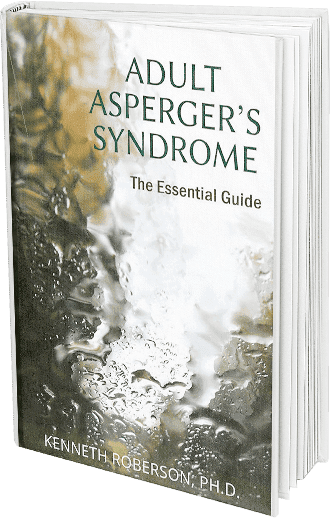
What causes Autism Spectrum Disorder in adults? Several explanations exist, one being the central coherence theory, first proposed in 1989 by Uta Firth, a pioneer in the study of Autism Spectrum Disorder.
The term “central coherence” describes a person’s ability to determine meaning from a collection of details. People with strong central coherence looking at a large group of trees see a forest, whereas those with weak central coherence see only an assortment of individual trees.
Generally speaking, there is a continuum of central coherence in the general population, from strong coherence (ability to see the larger whole) to weak coherence (a focus on, and memory for, detail and information in its exact representation).
Autism Spectrum Disorder is a condition characterized not only by social and communication difficulties by also a preference for sameness, attention to details, and oftentimes remarkable ability in areas such as music, memory or calculations. Adults with Autism Spectrum Disorder tend to be good at focusing on extreme details, and so are able to pick up small, seemingly insignificant components of a larger grouping of data or objects.
Dr. Firth used the idea of central coherence to explain both the deficits and strengths of people with Autism Spectrum Disorder. Those with “weak central coherence” have difficulty inferring the larger meaning from many details, e.g. a forest, whereas picking out extreme detail embedded in a mass of information, e.g. trees, would be much easier. Put simply, people with Autism Spectrum Disorder are relatively better at seeing parts but not wholes.
A simple test of central coherence best explains this concept. Given the incomplete sentence, “You can go hunting with a knife and…” people with strong central coherence might answer, “catch a wild boar.” Those with weak coherence might answer, “a fork.”
Evidence For Weak Coherence in Autism Spectrum Disorder
Autism Spectrum Disorder has a strong genetic component, and one way to verify the concept of central coherence is to see whether close relatives share general ways of thinking and perceiving. Indeed, research shows that parents, especially fathers, of male offspring who have Autism Spectrum Disorder have a similar tendency for detail-focused processing.
Adults with Autism Spectrum Disorder have also been shown to identify the parts of designs or figures and notice hidden shapes in drawings, faster than non-Autism Spectrum Disorder adults. In tests of understanding and interpreting spoken and written language, adults with Autism Spectrum Disorder tend to do relatively poorly at interpreting objects, people and surroundings as pieces of a larger situation. Where someone without Autism Spectrum Disorder would see a car, for example, an Autism Spectrum Disorder adult sees a steering wheel, tires and shiny paint, hears engine noise and smells exhaust, experiencing pieces rather than the whole.
Counter-Arguments of Weak Central Coherence
Not everyone is convinced that weak central coherence in perceiving and thinking accounts for the limited ability of adults with Autism Spectrum Disorder to see the “big picture.”
Some studies have refuted the detail focus of people on the spectrum, finding a normal ability to perceive things in a holistic, global way, especially when instructed to. Other studies suggest that mood plays a role in processing style, with anxiety, in particular, leading to a tendency to adopt a detailed rather than global processing style. Positive mood and optimism, on the other hand, is associated with global thinking. For a variety of reasons, people with Autism Spectrum Disorder tend to be more anxious and depressed, leading to restricted thinking and focus on detail.
Conclusion
Overall, the weak central coherence theory of Autism Spectrum Disorder is intuitively recognizable. People on the spectrum have trouble with language skills, tend to live isolated socially, and excel at perceiving details, often showing remarkable ability in subjects like mathematics and engineering.
On the other hand, weak coherence is not completely supported by rigorous research studies. Nor does it account for some features of Autism Spectrum Disorder, particularly difficulty with identifying and understanding the thoughts and feelings of others.
In another article, I will address another view of Autism Spectrum Disorder, the Theory of Mind model, as a competing explanation for the unusual and often perplexing behavior of adults with Autism Spectrum Disorder.
You can read similar articles here.




